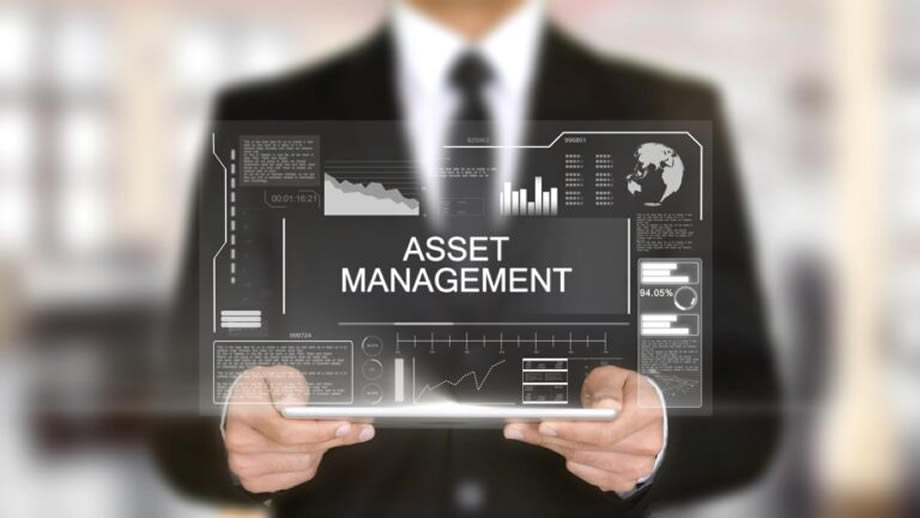Utility industries are one of the most asset-intensive sectors in the world. Utility refers to industries such as water, wastewater, transportation, energy and other sectors which are usually the government’s responsibility. In other words, unlike other industries, the government is solely responsible for ensuring that utility industries function properly, without which the public will suffer. Taken in another way, utility industries concern basic necessities that are essential for human survival. Due to these reasons, it is of the utmost importance that utilities function well.
Unfortunately, with the high cost of asset management, and the drastic consequences of climate change, utility sectors are suffering. Since the public sector also has limited resources, it is extremely hard for them to keep up with the latest challenges that are posed towards each industry. One way to tackle them is by staying updated and implementing the latest trends used for intelligent asset management. This blog will detail some of the most popular trends experts have noted with significant help to optimise asset management.
Four Trends of Modern Asset Management

A report by Future Markets Insights Inc estimates that the global utility asset management market will be valued at USD 8.61 billion by 2023. This amounts to a CAGR of 5.7 per cent. Here are a few of the emerging trends in modern asset management that Australian asset managers should be aware of:
The Role of Blockchain in Asset Management
Blockchain refers to a distributed database or ledger shared among a computer network’s nodes. It focuses on storing information in a digital format and is most notably used to maintain a secure and decentralised record of financial transactions. Unlike any other system, it guarantees high data security and generates trust without needing a trusted third party. With the enormous financial expenditures utility operations are expected to make, it is important that each of them remain traceable. This would help in ensuring there is no fraud taking place with public money. Blockchain, therefore, provides asset managers to trade assets with high transparency and traceability. This improved traceability also helps to confirm the authenticity of low-carbon claims.
The Use of Augmented Reality (AR) and Virtual Reality (VR) to Create Wearable Devices
AR and VR can assist asset management in creating smart wearable devices that can help them draw conclusions much faster and easier. For example, AR smart goggles are set to increasingly be used by workers to assess city assets more efficiently and safely. While automated systems, with the help of technologies such Industrial Internet of Things (IIoT) and Artificial Intelligence (AI), automate the process of monitoring assets, once an asset manager is notified of anomalies, it is a human maintenance crew that is sent out to rectify them. Hence, ensuring humans have ample equipment that safeguards themselves is essential. In this respect, the goggles can help maintenance crews identify dangerous conditions and use an intelligent approach to rectify them safely.
Rising Need to Adopt Utilities Ecosystem Collaboration
An ecosystem collaboration refers to a mix of organisations and individuals that are working under common interests and goals to create value for themselves, their clients and their communities. In other words, it champions values and principles rather than approaching aspects in terms of products and services. This is an important aspect, especially in the utility industry, a basic necessity for a quality life. Instead of looking at such industries as typical businesses, understanding that it is a collaborative ecosystem that aims to safeguard the public or reduce emissions, for instance, is important. In this respect, the importance of ensuring utilities are connected with the help of technology is integral. This requires a network of IoT, drones, extended reality (XR), edge computing, AI, cellular connectivity and more.
Reduce the Burden of Centralised Data Infrastructures with Edge Computing and 5G Networks
With the wide adoption of IIoT devices and other smart technologies, a large amount of data is being collected. However, the sheer amount of data can create bottlenecks and lead to inefficiencies in the system. This can be solved using edge computing and 5G networks. Edge computing is known to create greater autonomy for individual substations, which allows asset managers to identify the status of an asset in real time and respond to them promptly. Video feeds or pictures recorded using drones can be analysed with edge servers to detect potential equipment failure or vegetation encroachment, guaranteeing faster response times. In essence, adopting edge computing and 5G wireless allows more rapid analysis and near real-time responses to anomalies, which can be hazardous.
Stay Ahead of the Curve
Utility managers should generally not consider themselves to be in competition with other utility sectors. As all of them are regarded to be equally important and are the public sector’s responsibility, each asset manager should keep up with the latest trends and attempt to incorporate them into their operations. Hence, staying ahead of the curve in this respect does not mean that it would help them to gain some form of profit in the end but, instead, is a call to be prepared to tackle any issues that would come across the sector without hindering the public’s safety.







